2018 Toyota C-HR Review - Dividing Opinion Doesn't Get Any Easier Than This
2018 Toyota C-HR
Forget, if only for the next few minutes, the way it looks. You may hate it, you may love it. But don’t let your interpretation of the 2018 Toyota C-HR’s exterior angles cloud your judgement.
While you’re at it, set aside class designations, as well. Whether you, like me, consider the 2018 Toyota C-HR to be unqualified for “crossover” status because it’s missing all-wheel-drive availability, the C-HR is still positioned as a rival for front-wheel-drive HR-Vs, Renegades, Encores, and CX-3s, among others.
The Toyota C-HR was initially intended to form part of the Scion lineup in North America, but with that brand’s demise, Toyota wisely moved the C-HR into its own lineup. Slotted below the Toyota RAV4 with dimensions that all but mirror the old Toyota Matrix, the 2018 Toyota C-HR is a $23,495-25,435 hatchback that’s garnered more attention during its stay with me than any vehicle I’ve ever tested.
To my surprise, almost all of that attention was positive. But is the Toyota C-HR worthy of such attention?
CHASSIS
Combine a 104-inch wheelbase with 18-inch wheels, a marginally elevated ride height, and modern automotive tendencies to stiffen suspensions. The resultant expectation is for kidney-bruising, filling-loosening, passenger-angering ride quality.
Yet the Toyota C-HR leans strongly toward absorption, a welcome achievement for a vehicle in this category. Or in any other category, for that matter.
Now combine that superior ride quality with delightfully light (albeit uncommunicative) steering and level-headed cornering. The C-HR becomes a charming urban partner.
The benefits of Toyota’s New Global Architecture pay off here as they do in the latest Prius. A stiff structure enables Toyota to maximize handling, relatively speaking, without suffering an unwelcome degradation in rough-road isolation.
Unfortunately, the cheerful manner in which the front strut/multilink rear suspension allows the Toyota C-HR to make its way down the road isn’t matched by the way the 144-horsepower, 2.0-liter four-cylinder makes its way up a road, particularly if that road includes a mountain. Or a hill. Or a hillock. Or a slope.
Equipped exclusively with a continuously variable transmission that’s tuned to make the C-HR feel decently jaunty in town, the 3,300-pound C-HR is unhappy when prompted to provide maximum progress. The more demanding you are, the more disappointing the C-HR’s 2.0-liter becomes. The CVT is momentarily AWOL when you suddenly punch the throttle at the base of an incline, leaving you in dire need of either 40 more lb-ft of torque or a manual transmission.
CABIN
From an infotainment perspective, many will be disappointed by the C-HR’s lack of Android Auto/Apple CarPlay connectivity. The backup camera displays its picture in a tiny corner of the rearview mirror. Rear quarters are decidedly more subcompact than compact. Access to the rear seat — via high-mounted door handles that are too lofty for some children to reach and too small for an adult’s meaty hand — is a daily annoyance. Visibility, particularly for shoulder checks on the passenger’s side, is among the worst of any four-door vehicle on sale today. Officially specified to include 19 cubic feet of storage, the cargo area is diminished by the C-HR’s dramatic roofline.
Thankfully, some of these complaints will be forgotten once you spend some time in the driver’s seat. Thick side bolsters and a wide range of adjustment make these front perches among the best sub-$25,000 seats on the market. Manual adjustment is somewhat limiting, but there’s power lumbar support as an added bonus.
COMPETITORS
On one side of the coin, the C-HR is heaped with blind spot monitoring, rear cross traffic alert, auto high beams, radar cruise control, and lane departure warning. On the flip side, there’s no Apple CarPlay, no Android Auto, and no navigation.
In the pro column, the C-HR looks like nothing else on the planet. On the con side of the ledger, the C-HR looks like nothing else on the planet.
Undeniably, the 2018 Toyota C-HR is therefore a divisive car. But can’t the same be said for many of its rivals? From the dying Nissan Juke to the Buick Encore, Honda HR-V, Fiat 500X, and Jeep Renegade, this high-riding category is chock full of vehicles that some of us love to hate and some of us love to buy.
Topping out at $25,345, the 2018 C-HR XLE Premium is competitive with top-spec, front-wheel-drive variants of the Honda HR-V, Mazda CX-3, and Mitsubishi Outlander Sport, among others, though its base price is higher.
The problem arises when the C-HR is compared with the Kia Soul, even the $23,695 turbocharged Kia Soul. That explains why the Soul outsells all of the aforementioned C-HR alternatives, and why the Soul is so recommendable.
But that doesn’t mean the more reasonable Soul will stop Toyota from selling a fair number of C-HRs, just as the HR-V’s flexible rear seats and the CX-3’s lively dynamics and the Encore’s quiet cabin and the Renegade’s off-road cred and the Juke’s DIG 1.6 won’t stop Toyota from succeeding with the C-HR, either.
Which means you can go back to determining whether the 2018 Toyota C-HR is ugly or pretty; a car or a crossover.
Timothy Cain is a contributing analyst at The Truth About Cars and Autofocus.ca and the founder and former editor of GoodCarBadCar.net. Follow on Twitter @timcaincars.
More by Timothy Cain
Latest Car Reviews
Read moreLatest Product Reviews
Read moreRecent Comments
- Redapple2 Cadillac, Acura and Infiniti have very tough rows to hoe.
- Redapple2 First question: How do you define Sales Success?1 they ve lost more than 35% of all dealers in the last 5 years.2 transition to BEV will cost Billions. No money for new designs3 cars for #2 above have already been designed in BEV form and wont be redone significantly for - what- 10 years? 3b-Lyric and whatever its called are medusa level ugly. How could this design theme be fuglier than arts and science? Evil gm did though4 the market is poisoned. 1/3 of folks with $ would never consider one/ridicule the product. Under 40 yr olds dont even know the brand exists.It is dead and doesn't know it. Like a Vampire.
- Redapple2 Focus and Fiesta are better than Golf? (overall?) I liked the rentals I had. I would pick these over a Malibu even though it was a step down in class and the rental co would not reduce price.
- Teddyc73 Oh good lord here we go again criticizing Cadillac for alphanumeric names. It's the same old tired ridiculous argument, and it makes absolutely no sense. Explain to me why alphanumeric names are fine for every other luxury brand....except Cadillac. What young well-off buyer is walking around thinking "Wow, Cadillac is a luxury brand but I thought they had interesting names?" No one. Cadillac's designations don't make sense? And other brands do? Come on.
- Flashindapan Emergency mid year refresh of all Cadillac models by graphing on plastic fenders and making them larger than anything from Stellantis or Ford.
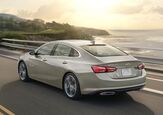

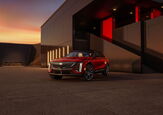
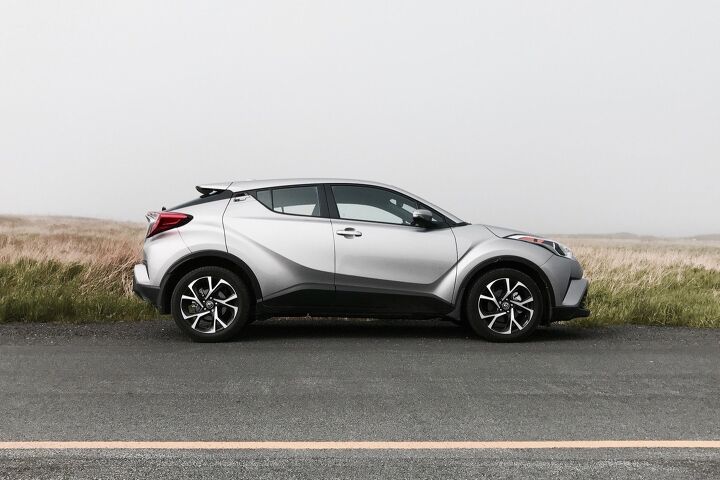

















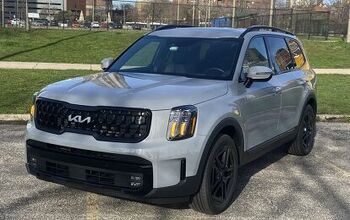
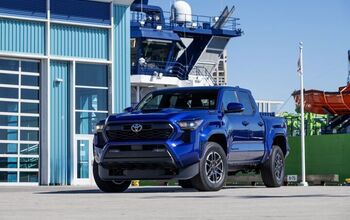
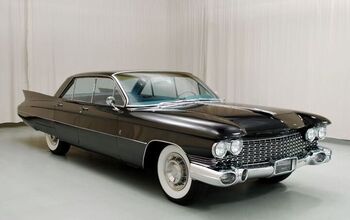
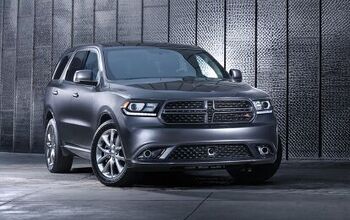
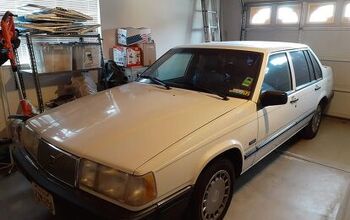
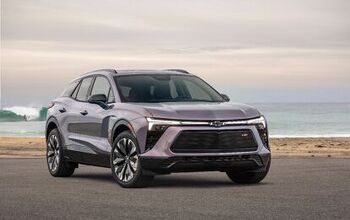



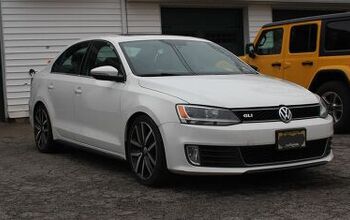

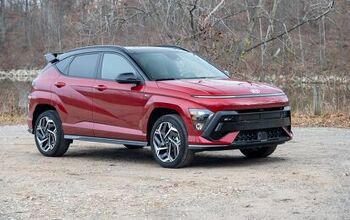
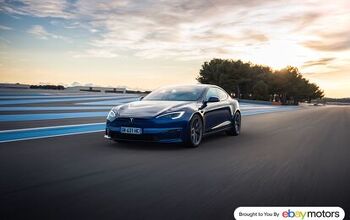
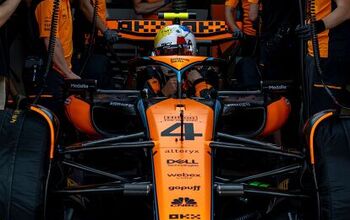



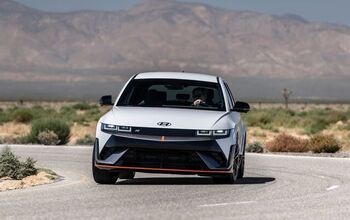
Comments
Join the conversation
What this vehicle needs is something along the lines of Honda's 1.5 turbo 4. Actually, Honda's own HR-V needs that engine badly, as well. The styling of the Toyota is light years more interesting than the Honda, and Honda has the engine Toyota needs. Maybe Honda and Toyota could collaborate, both could sell a badge engineered version. Like the Subaru / Toyota sporty car thing. Yeah, ain't gonna happen, but one can dream.
Looking at the photos and it looks similar to the Nissan Juke... terrible vehicle esp. for TALL people. The roof line is very low and forget about the rear view. WTH designs the Toyota vehicles?! They should just STOP depending on the vehicle designs using the a wind tunnel POV for fuel efficiency. It's ridiculous! Also, that front grille design is now standardized unfortunately across the Toyota vehicle line up and should be changed.